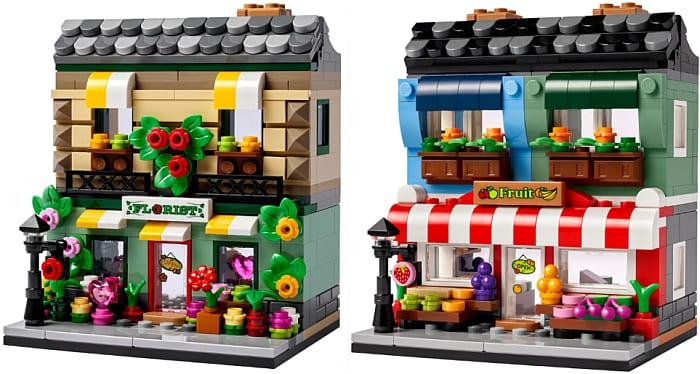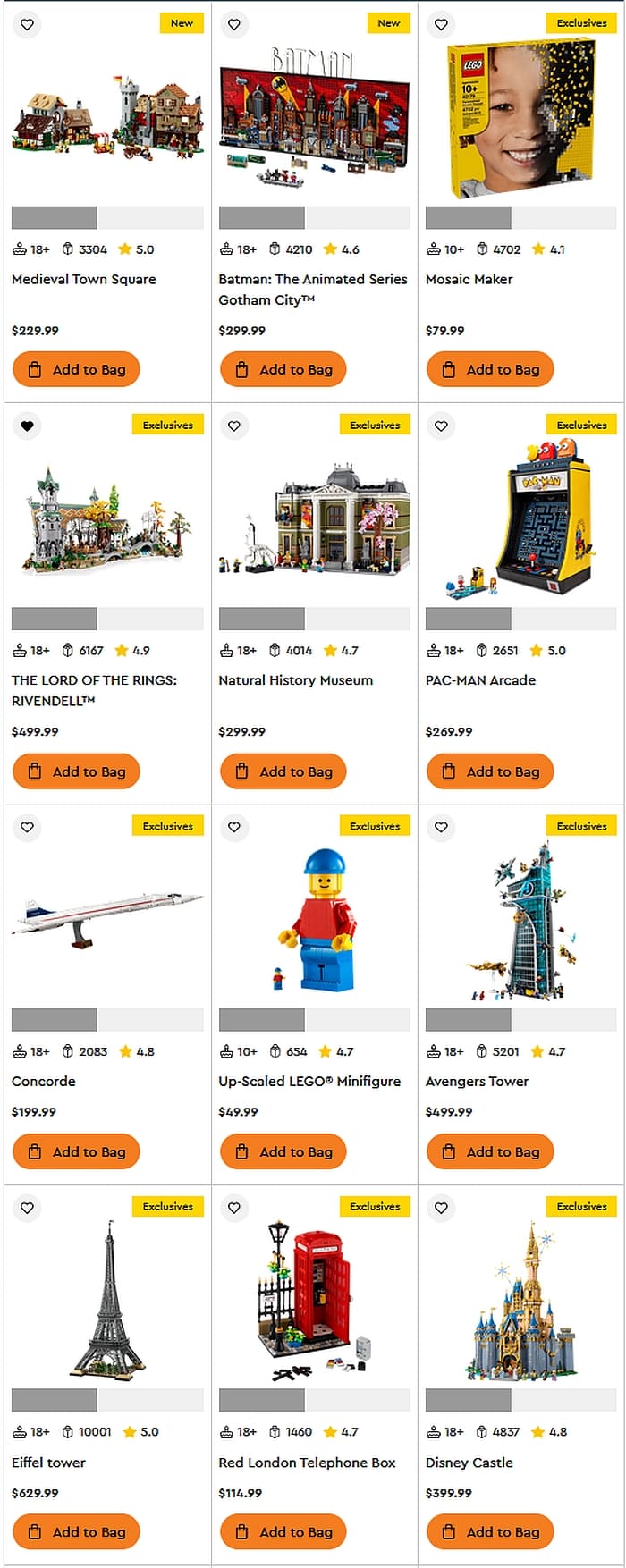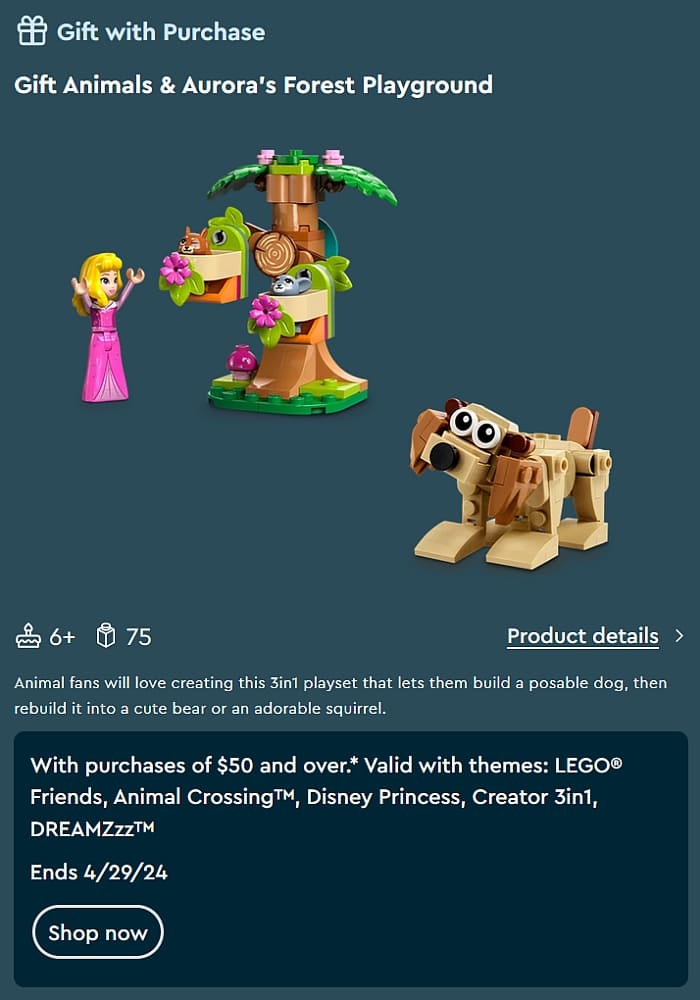(Written by William)
Since I built the #10220 LEGO Volkswagen T1 Camper, I’ve been hooked on LEGO Creator Expert / LEGO Icons large vehicles. It seems that LEGO designers always choose vehicles that either redefine the class they are in or set a new trend. And because these vehicles are dramatically different, they reliably provide a fresh building experience.

When I first heard about the #10330 LEGO Icons McLaren MP4/4 & Ayrton Senna, I had very little knowledge of Formula 1 race cars. Still, I was thrilled to be building this vehicle, as I know that by their very nature, they are designed wholly different from anything else on the road. And sure enough, I had a fantastic building experience. But I wasn’t expecting to find out just how legendary this car was.
LEGO MCLAREN MP4/4 – A BRIEF HISTORY
Formula 1 racing is very strict and probably one of the most demanding types of racing there is in the world. They do not race on simple oval tracks and their drivers, engineers, and support teams come from all over the world. In the 80’s, they started making turbocharged engines to power some of the fastest vehicles on the planet.
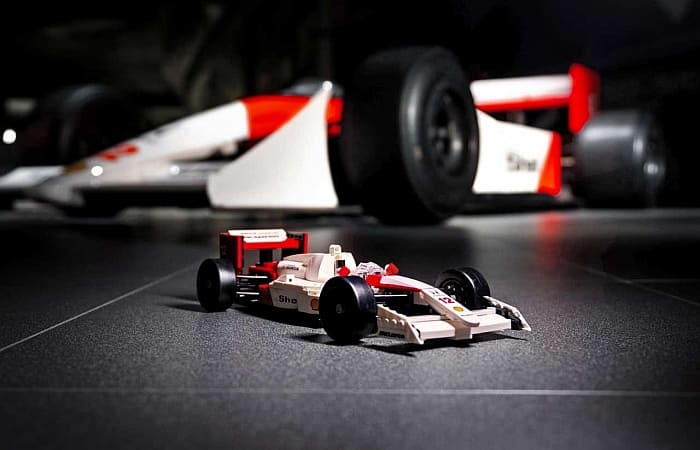
Among these engineering marvels was the McLaren MP4/4. It is on record as one of the most winningest cars ever to race. Its horsepower outstrips cars today by a hefty margin. A simple example of this is the car’s impressive 1200 Horsepower, which is roughly over 400 more horsepower than cars that race today.
But a racecar sometimes is only as good as its driver. So, who else would be worthy than the man who won the world championship with this car the very first year it raced, the late Ayrton Senna. Senna would go on to win two more world championships with McLaren before switching to a different team in 1994 and having a fatal crash.
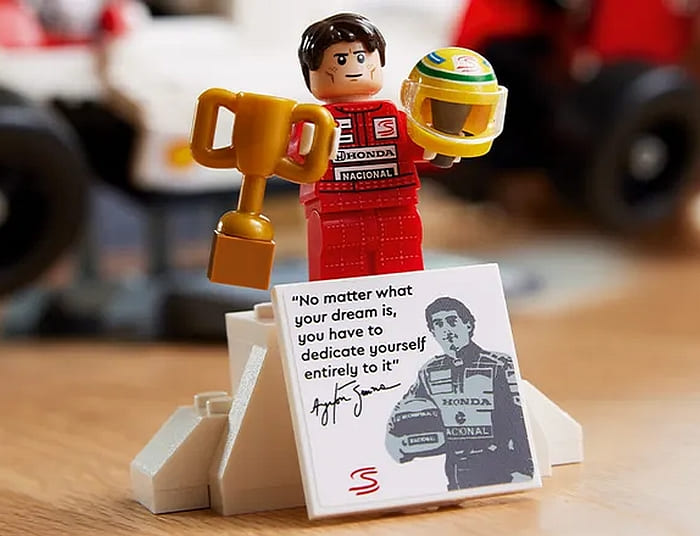
Even though other drivers might have better stats around the period he raced, Senna was always exciting to watch. He was ruthless on the track but gave extensively to charity outside of racing. He also cared deeply for the other drivers he raced against, despite the risks he took while competing. There was even a movie titled “Senna” that covered his life story. His passing was felt all over the world, but nowhere near as hard as it hit his home country of Brazil.
Normally, LEGO Creator Expert / LEGO Icons vehicles include a fun little side build like a picnic basket, a surfboard, or accessories to customize the car. So, it was surprising to get a minifigure of a driver in this set. But after looking into the history, I can’t think of including anything more fitting or impactful than a minifigure version of the real driver.
LEGO MCLAREN MP4/4 – THE BUILD
In real life, Formula 1 cars are built very differently than most anything with wheels. Part of this has to do with all the rules laid out for how a car can be designed. The other reason is, of course, the speed these vehicles travel. These racecars need the air that passes over them to supply enough downforce pressure to keep them in contact with the road. At the same time, they need to have barely any ground clearance.
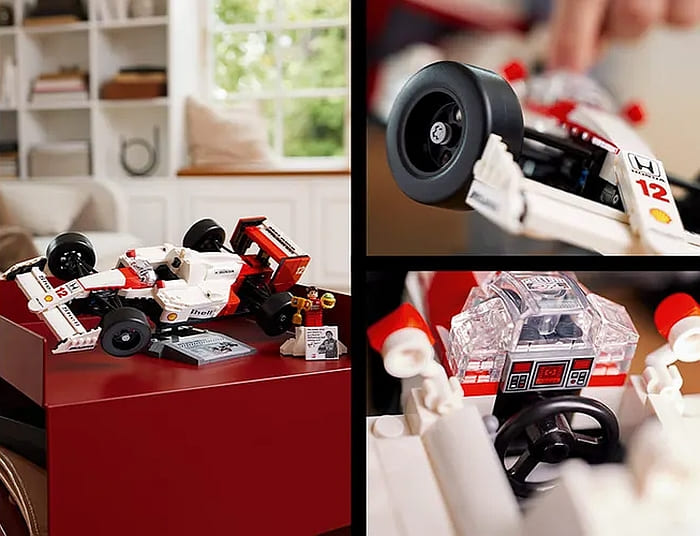
Making an accurate replica of such a unique vehicle created a lot of challenges for LEGO designers. Thus, they included new wheels and a new suspension system to keep the vehicle just two plates off the ground. They also had very little vertical space to work with, yet they still managed to add functional steering to the model.
To give you an idea of just how flat this car is while building the structural bottom frame of the vehicle, you will also be building the seat for the driver. That’s right, the seat itself is built into some of the lowest layers of the model.
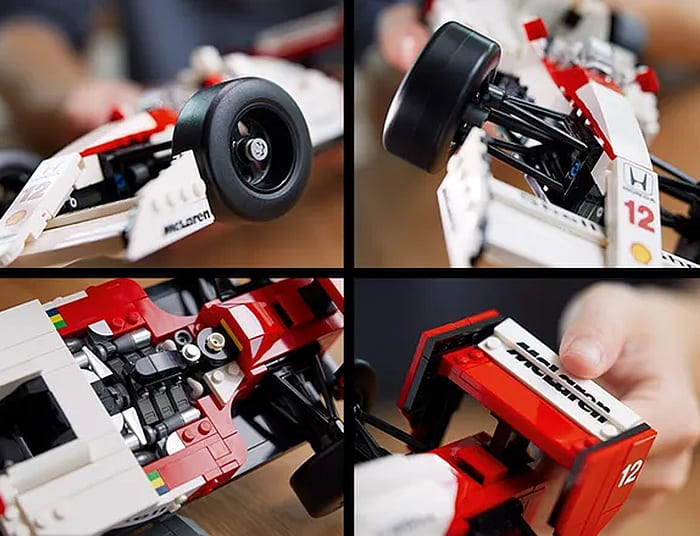
LEGO also claims that the wheels are designed to be quick-release as a nod to the speed needed to service a car when it takes a pit stop. While this is true, I also found it interesting that the tire and hub are a single piece and is fairly solid by design. I’ve seen larger versions of these tires used as counterweights in the #10273 LEGO Haunted House from the LEGO Icons Fairground Collection, but these are smaller to fit the 1/13 scale of the car. I think the solid nature helps prevent the bottom of the vehicle from sagging, which might happen with one of LEGO’s more standard hollow rubber tires.
As for the suspension, we normally see pieces that look like tuning forks to help hold in ball-joints. That concept is partly kept here. However, these elements need to actually look good as well since there is no room to hide them. Additionally, they need to have a solid horizontal connection since the vehicle has such a low profile. Therefore, the axles on a wide triangular base not only have the right look but provide great stability in a minimal space.
LEGO MCLAREN MP4/4 – DECORATIONS
Branding is a huge part of racing. So, it makes sense that the #10330 LEGO Icons McLaren MP4/4 has a lot of decorative elements. There are a fair number of stickers, but there are also a good number of printed elements. So, let’s cover what’s what.
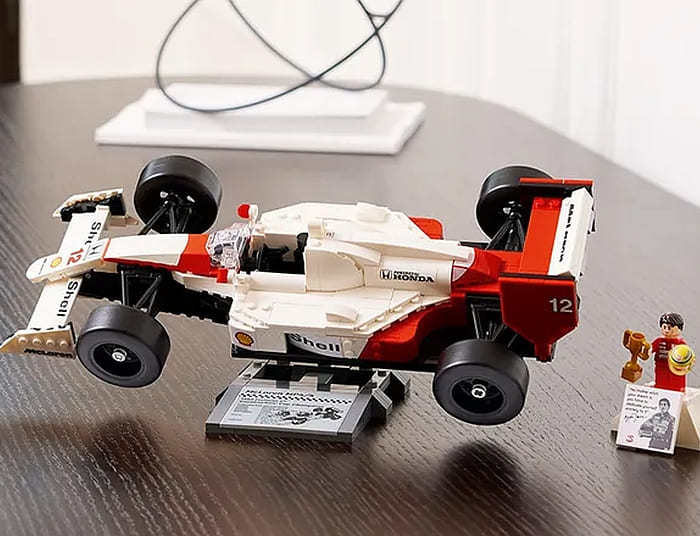
The plaques for both Senna and the car are stickers, as you might expect. There are stickers on the tip of the nosecone and on the front wings as well. Along the main body of the chassis are two stickers near the driver’s seat. Right behind the driver’s seat is Senna’s name, which is also a sticker. And finally, on the sides of the rear wings are stickers marking this as Senna’s #12.
Everything else that has a decoration is printed. The rest of the nose cone, the windshield, the dashboard, Honda’s branding on the outer casing of the engine, the rear of the car’s body, and the McLaren name on the top of the rear wings are all printed. There are even 1×1 square plates with a small black square printed on either side of the main drive compartment. It really feels like LEGO designers tried to print as much of the decorations as possible to make adult LEGO fans and collectors happy. Just know that you will still have to contend with stickered elements for the full effect.
LEGO MCLAREN MP4/4 – FINAL THOUGHTS
I sometimes get a little worried when I see a price point like $79.99 for a LEGO Icons vehicle. It usually indicates the build won’t take as long and that I probably should lower my expectations on what I’m in for. I don’t feel that to be the case at all with this one. Not only did I get a solid building experience, but I also got an interesting history lesson when I looked into both the man and the car.

The #10330 LEGO Icons McLaren MP4/4 is also priced as such that I can see some LEGO Speed Champions fans checking it out. On top of that, you get a unique minifigure of a legendary driver for those looking for interesting minifigures for their collections. Additionally, this set might also capture the interest of many race fans, especially if they are into Formula 1 racing.
In summary, this model checks all the boxes for me. It’s priced well, fun to build, has good play and display potential, is full of history, looks amazing, and even comes with some interesting parts I didn’t cover in the article but mentioned in the video below.
If you would like to take a look, the #10330 LEGO Icons McLaren MP4/4 is available at the LEGO Icons section of the Online LEGO Shop. And if you have any questions, or thoughts on the set, feel free to share in the comment section below!
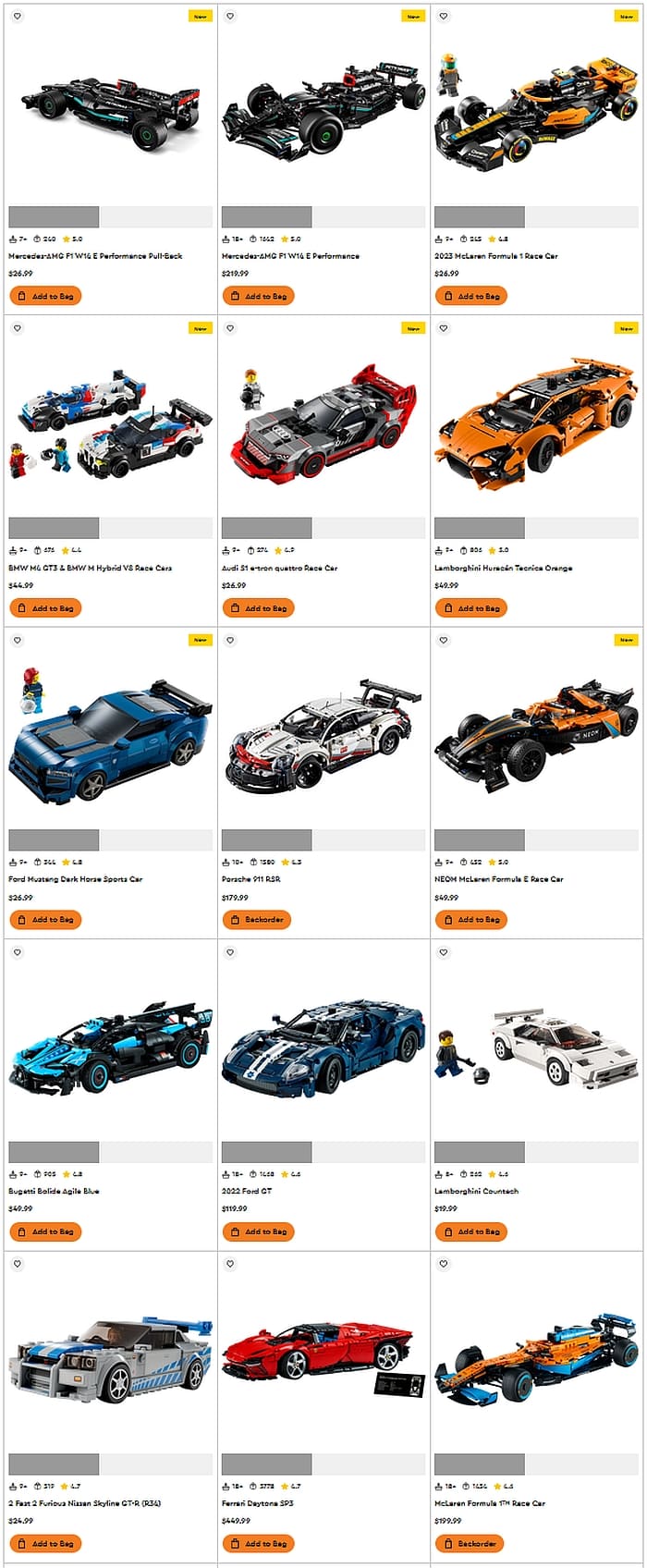
And you might also like to check out the following related posts:
- LEGO Classic Corvette Press-Release
- Brick Breakdown: LEGO Land Rover Classic Defender
- Brick Breakdown: LEGO Icons Chevrolet Camaro Z28
- Built for Speed – New LEGO Chevrolet Camaro Z28!
- Brick Breakdown: LEGO Creator Fiat 500
- Brick Breakdown: LEGO Creator London Bus
- Brick Breakdown: LEGO Creator Ford Mustang
- LEGO Volkswagen T2 Camper Van
- LEGO Porsche 911 Turbo and Targa


